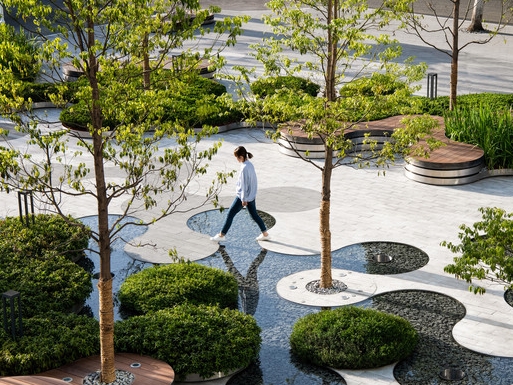Chinese landscape architecture is a rich and diverse tradition that has been honed over centuries.
Ancient Chinese gardens were designed to reflect the harmony between humans and nature.
The Chinese have a deep appreciation for the natural landscape, and this is evident in their garden design.
One of the key principles of Chinese landscape architecture is the concept of “borrowed scenery.”
This involves incorporating elements of the surrounding landscape into the garden design, creating a seamless transition between the man-made and natural worlds.
Chinese gardens are also known for their use of asymmetry and irregularity, creating a sense of movement and flow.
Another important aspect of Chinese landscape architecture is the use of symbolism and metaphor.
Elements such as rocks, water, and plants are carefully chosen to represent different aspects of the natural world and human emotions.
The placement of these elements is also carefully considered, with each rock and plant positioned to create a sense of balance and harmony.
One of the most famous examples of Chinese landscape architecture is the Suzhou Gardens in Jiangsu province.
These gardens date back to the 6th century and are known for their intricate design and use of water features.
Visitors to the gardens can stroll along winding paths, cross elegant bridges, and admire the delicate pavilions and pagodas that dot the landscape.
In conclusion, Chinese landscape architecture is a masterful art form that combines elements of nature, symbolism, and design to create stunning and harmonious spaces.

